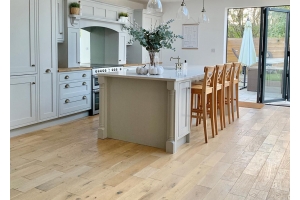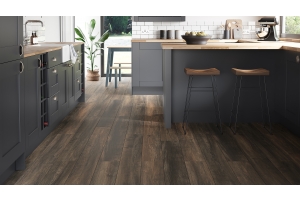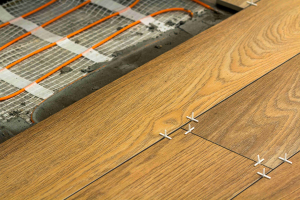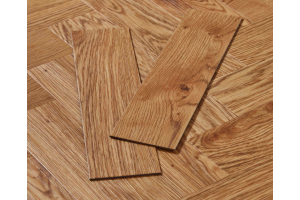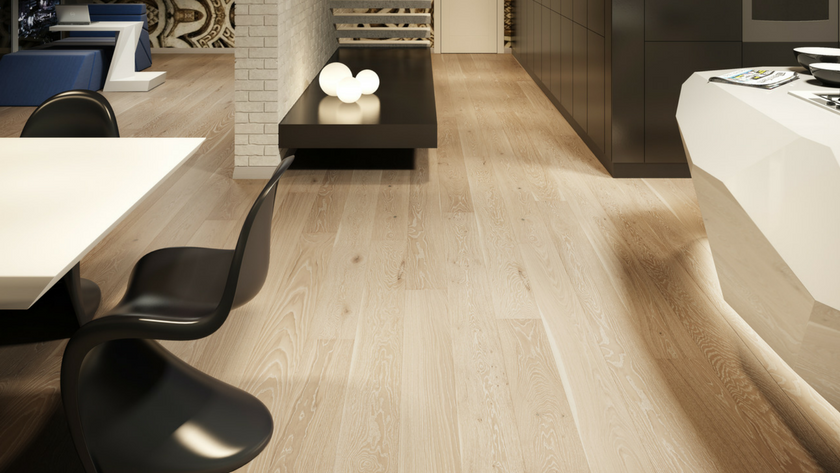
So far in our flooring fixing methods series, we’ve looked at glue-down installations and floating floors. In this final part, we cover secret nailing and how you can use it to fit your brand new wood flooring.
Secret Nailing
Flooring Types
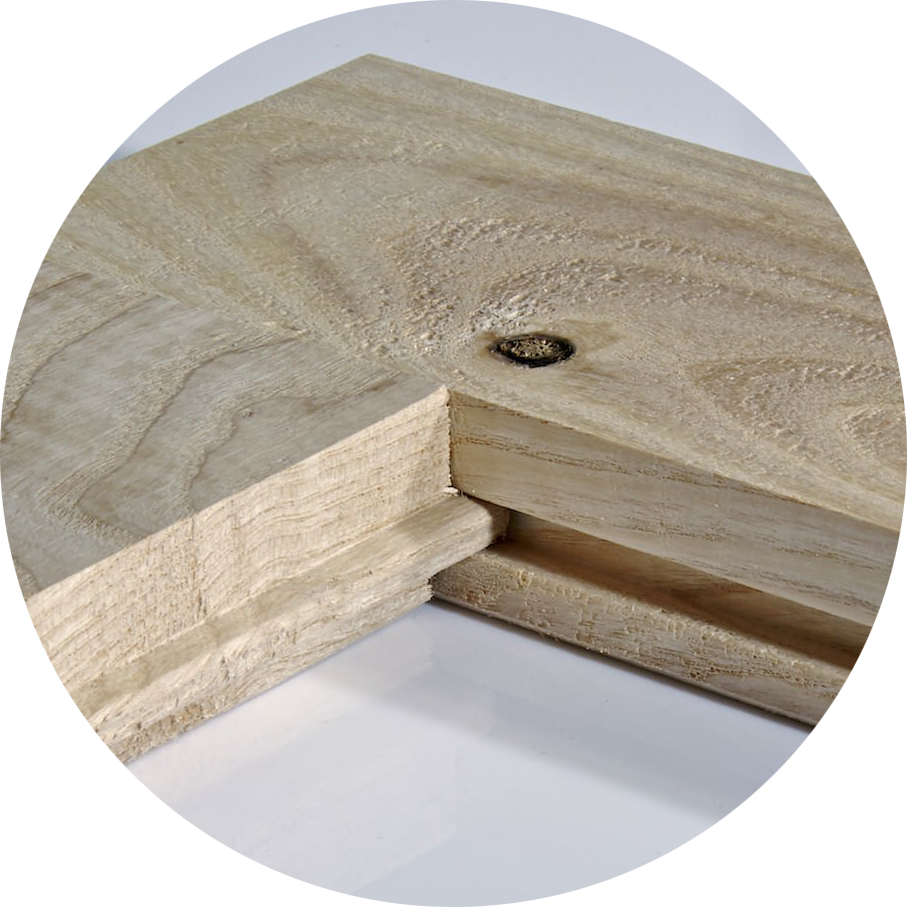 |
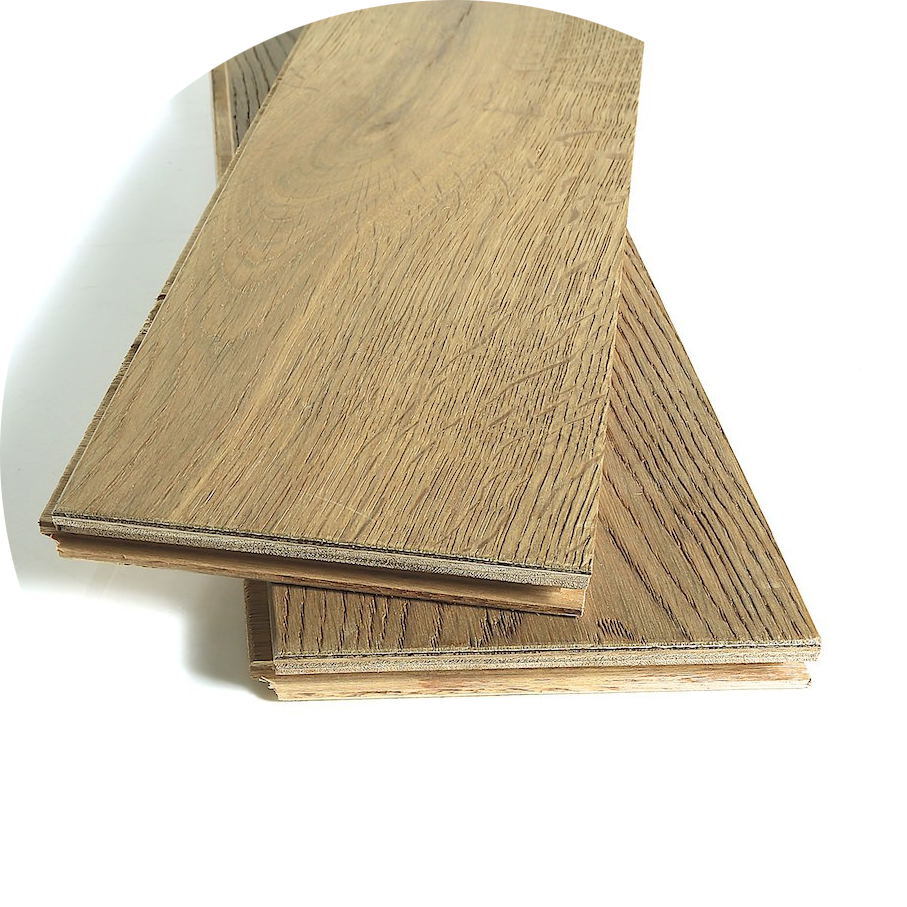 |
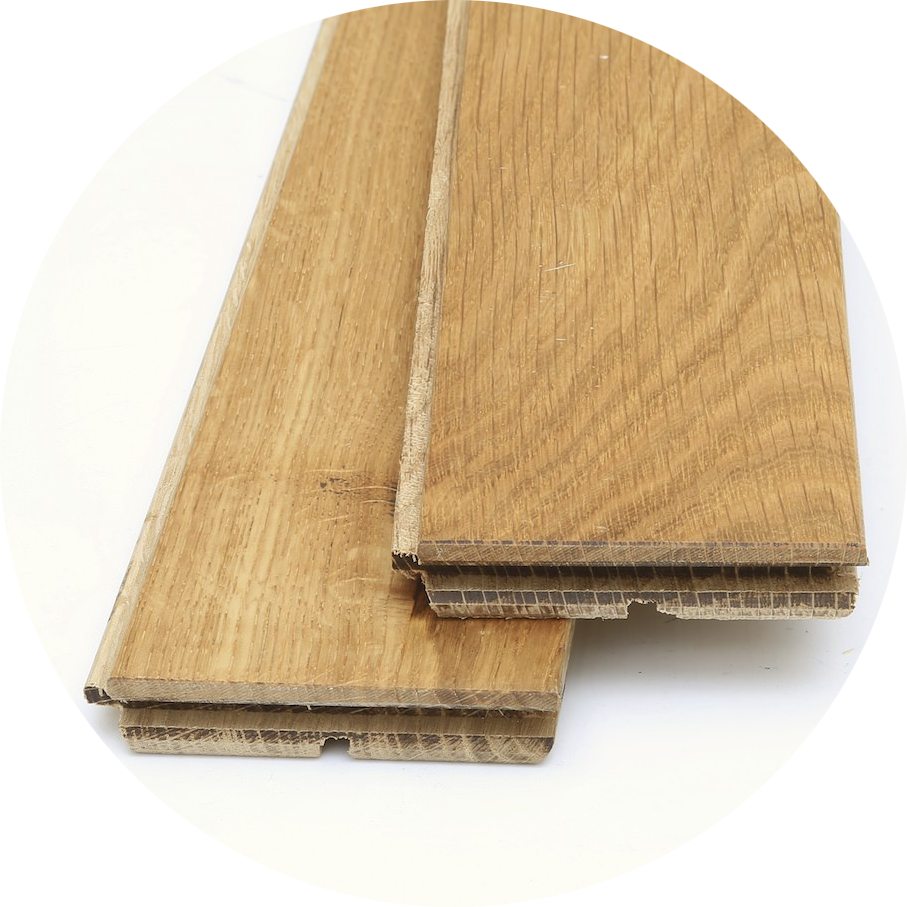 |
| Parquet Flooring | Engineered Wood Flooring |
How it works
In the early days of wood flooring, the planks were fitted using nails through the top surface. As flooring technology has developed, so has the method of fixing your flooring with nails (or screws – we’ll touch on that later). As tongue and groove systems were brought in, secret nailing became more popular that the traditional top-nailing fixing method.
Solid Wood and Parquet are the two flooring types most commonly used with secret nailing. Flooring that is permanently fixed to its subfloor means it’s much sturdier – and also more permanent. That’s why it’s a popular choice for wood flooring that is unlikely to need replacing for decades to come. Speaking of subfloors, nail-down is best suited to a wooden subfloor. If you have concrete, it’s recommended to use adhesive to glue your flooring, rather than nailing.
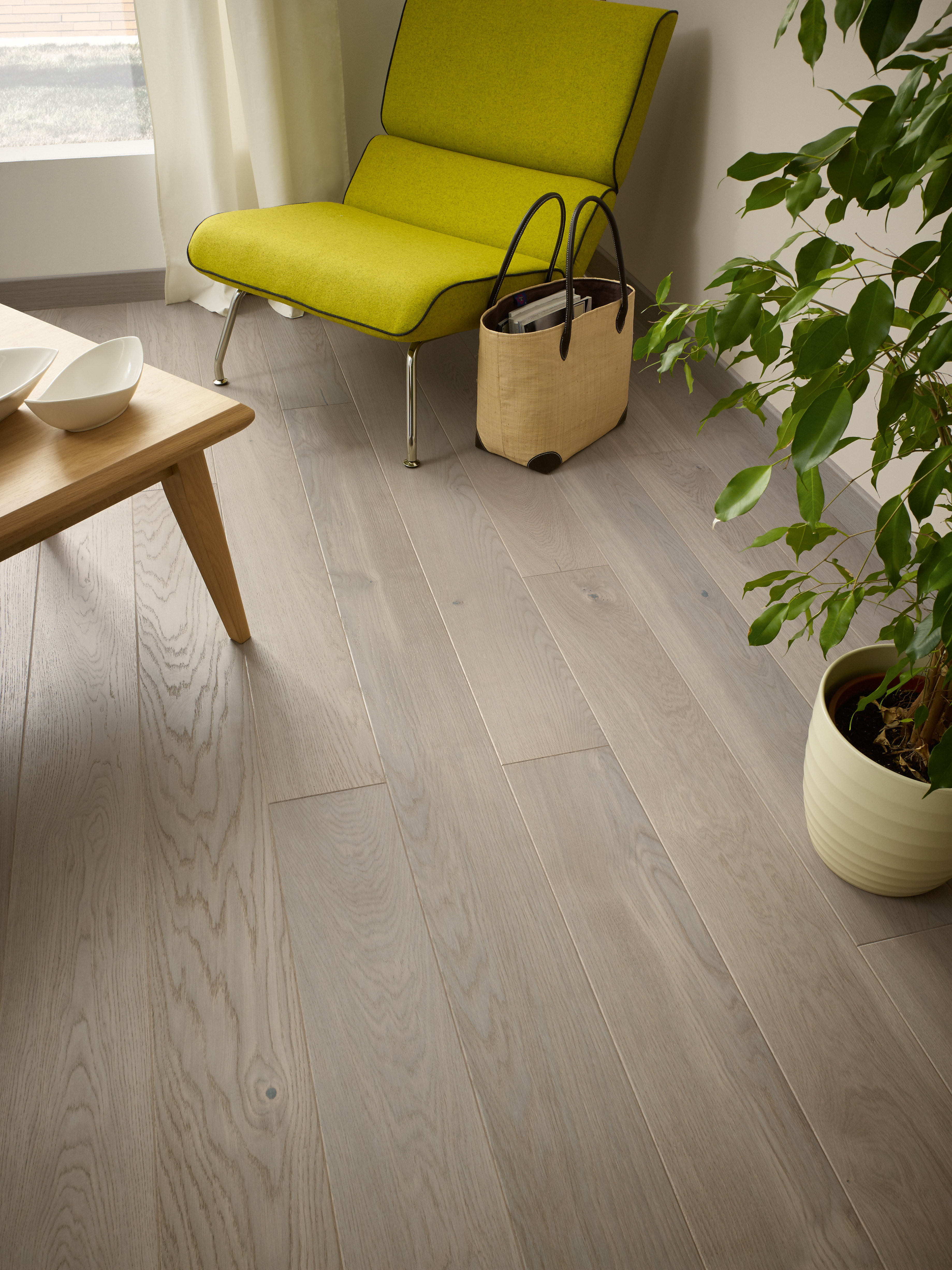
Secret nailing works by driving nails through the ‘tongue’ of a floorboard. The nail goes through the board and into the subfloor, thus fixing it in place. The nail needs to be installed in a 45 degree angle, which ensures the floorboard is pushed towards the one adjacent to it and fixed firmly in place. This prevent unsightly gaps and maintains the aesthetic integrity of the wood flooring.
Use the right tools
Flooring fitters used to be required to nail each fixing by hand. Because of the difficulty in hand-nailing at the specific angle required, this could lead to mistakes. Incorrect angles or uneven nailing can lead to a finished product that squeaks underfoot. Nowadays a secret nail gun is used, which makes it much easier to get secret nailing right first time.
Whilst nailing is a traditional method of secretly installing wood floors, using screws is just as popular. Using screws means they can be fixed using a power drill, which takes less effort and time. Using screws also means you can reverse the screw. This is handy if you need to remove one of the wooden planks for any reason, such as accidental damage. If you wanted to replace a floorboard that’s simply been nailed, you’re more likely to damage the board when trying to remove it. This makes screws a preferred option for many.
Once the screws or nails are in place, a new board can then be added as normal. As the new board is added, the ‘groove’ covers the nail or screw so it’s not visible. This is where the name ‘secret nailing’ comes from. Some people choose to supplement the screws with gluing as well, for added stability.
Pros
- Nailed floors are more forgiving than glue when it comes to the expansion and contraction that wood floors are susceptible to due to fluctuating temperatures.
- A secret nail installation is completely discreet, with the fixings attached to the tongue of the floorboards being entirely covered by the adjacent board’s groove.
- It’s a fairly quick process to nail your flooring, and even quicker if you use screws. Also, the cost of these is less than using adhesive.
- If only nails or screws have been used, the floor can be used immediately, as there’s no need to wait for any adhesives to dry.
- Using screws allow for easy replacement of any damaged boards. Therefore, if you want to ensure you can replace them, screws are preferred over nailing.
Cons
- It you’ve got a concrete subfloor, the nails may not fix properly. Concrete underneath means using the glue-down fixing method is advised instead.
- If the nails aren’t fixed effectively, they may pop up in the future. This could create squeaking or even displacement of the wooden plank. Make sure you take extra care when nailing that the floor is absolutely secure.
- Poor quality wood flooring won’t take nails or screws well. Always ensure you’re using high-quality wood flooring if you’re choosing to use a secret nail installation.
That concludes our three-part series on the different fixing methods available for your brand new wood flooring. Each method has its own benefits and drawbacks, depending on your personal situation. Subsequently, it’s all about choosing which works best for your product and your home or commercial property.
If you’d like more information on secret nailed, glue-down or floating floors, our friendly team are always on hand to help, seven days a week. Simply call 03308 08877 or email [email protected] .







